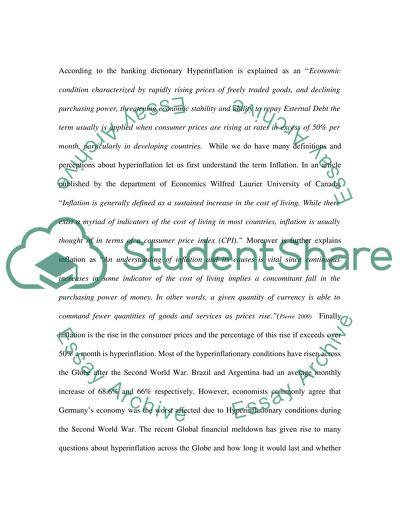Cite this document
(Mounting Inflation in Argentina Threatens Business Environment Research Paper, n.d.)
Mounting Inflation in Argentina Threatens Business Environment Research Paper. Retrieved from https://studentshare.org/macro-microeconomics/1519068-hyperinflation-in-argentina
Mounting Inflation in Argentina Threatens Business Environment Research Paper. Retrieved from https://studentshare.org/macro-microeconomics/1519068-hyperinflation-in-argentina
(Mounting Inflation in Argentina Threatens Business Environment Research Paper)
Mounting Inflation in Argentina Threatens Business Environment Research Paper. https://studentshare.org/macro-microeconomics/1519068-hyperinflation-in-argentina.
Mounting Inflation in Argentina Threatens Business Environment Research Paper. https://studentshare.org/macro-microeconomics/1519068-hyperinflation-in-argentina.
“Mounting Inflation in Argentina Threatens Business Environment Research Paper”, n.d. https://studentshare.org/macro-microeconomics/1519068-hyperinflation-in-argentina.


